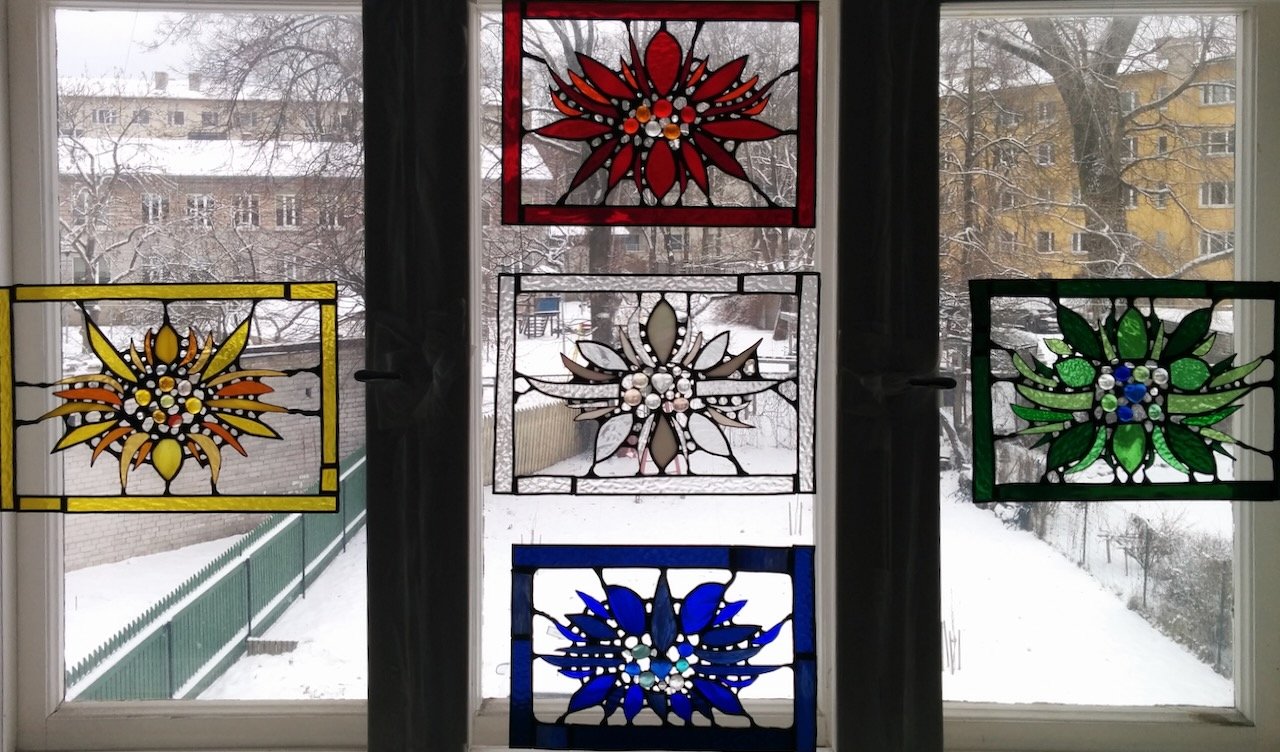Gateways to Liberation
The Buddha tells us that our ordinary or conditioned existence has three characteristics (lakshanas); impermanence (anitya), unsatisfactoriness (duhkha), and insubstantiality (anatman).
But if we are able to deeply reflect upon these three characteristics of existence, they can become the three gateways to liberation of the signless (animitta), the wishless (apranihita), and emptiness (sunyata).
To make the transition from the characteristics of conditioned existence to their associated gateways, we need to develop particular qualities of mind in meditation and in everyday life. To go from impermanence to the signless we need clarity of mind; from unsatisfactoriness to the wishless we need sensitivity of mind; and from insubstantiality to emptiness we need openness of mind.
In this series of talks Vaddhaka explores the three characteristics of conditioned existence, their associated gateways to liberation, and the states of mind needed to make the transition from the characteristics of conditioned existence to their associated gateways.
Transcripts of the talks only. And thank you to Maitreyabandhu for the original inspiration for this series.
- Stained Glass Flowers by Sinhacandra01 Introduction: Gaining Insight into the Nature of Reality
Here Vaddhaka outlines four considerations concerning the nature of, and our relationship with, reality; considerations that ground his discussion of the gateways to liberation.
02 Introduction to Impermanence and Clarity of Mind
We start with the first characteristic of conditioned existence, impermanence, and particularly the quality of clarity of mind that needs to be cultivated in meditation and in everyday life, in order open the way to the signless gateway.
03 Impermanence
Vaddhaka starts with some examples of the effects of impermanence on his personal life. To help us see impermanence from different perspectives and to go deeper emotionally, he uses poems from Tsongkhapa, the Diamond Sutra, Kay Ryan, Octavio Paz, Clive James, Jack Gilbert, and Hermann Hesse.
04 Signless
With help from English poet William Blake, Scottish poet Robert Burns, the Argentinian writer Alberto Manguel, the Estonian classical music composer Arvo Pärt, and rock musician Nick Cave, Vaddhaka explores going beyond words and concepts to a wordless experience.
05 Sensitivity of Mind
Vaddhaka describes how our sensitivity manifests in thoughts and acts of kindness, compassion, and sympathetic joy as we open ourselves to people and the world around us.
06 Unsatisfactoriness
After reminding us that joy and happiness are equally a fundamental part of the Buddhist path to awakening, Vaddhaka takes a close look at the first Noble Truth of dukkha taught by the Buddha and explains why he thinks ‘unsatisfactoriness’ is a better translation of dukkha than ‘suffering’.
07 The Wishless
After looking at the different ways we are hooked into desiring things, Vaddhaka describes different practices we can use to help enter the wishless gateway to liberation, with particular emphasis on mindfulness, patience and equanimity.
08 Openness of Mind
One of Tibetan Buddhist teacher Chogyam Trungpa’s favourite words of advice was ‘turn towards everything’. Vaddhaka explores how being open and ‘turning towards everything’ can first apply to our ourselves, to our own individual experience; secondly to how we view other individuals; and thirdly to how we view other groups of people.
09 Insubstantiality
Insubstantiality is a translation of the Buddha’s teaching of ‘anatman’, meaning that there is no fixed and separately existing self. Vaddhaka explains the context in which this teaching arose, and links it to the Buddha’s teaching of pratitya samutpada (dependent arising or conditionality).
10 Emptiness
Vaddhaka examines the notion of emptiness (sunyata) as; something mysterious and elusive, there but not there; something terrifying and fascinating that ‘quivers beneath the threshold of common sense’; and as the reworking of the Buddha’s teaching of pratitya samutpada.
11 Beauty
Sangharakshita argues that awareness of beauty, a positive factor, should predominate over awareness of ugliness, a negative factor, in the Buddhist spiritual life. In one of his last pieces of writing titled “The Path of Beauty”, he draws upon the western spiritual and cultural traditions to propose the development of just such a path.
